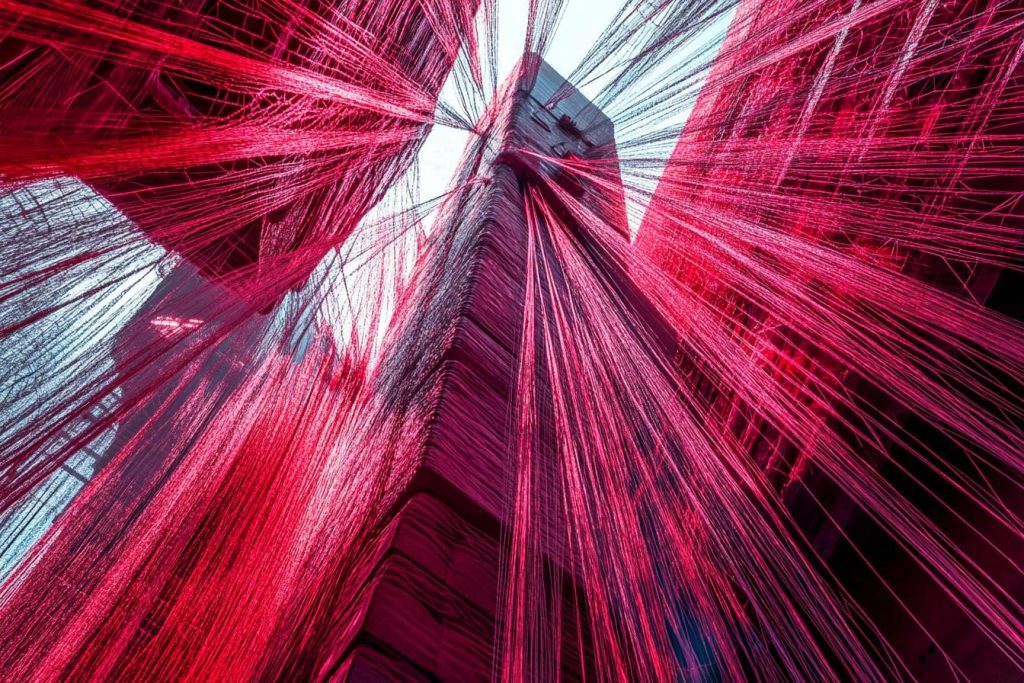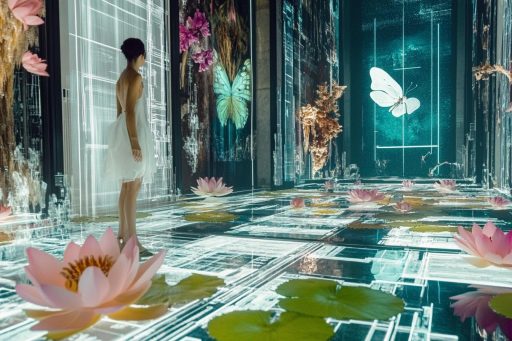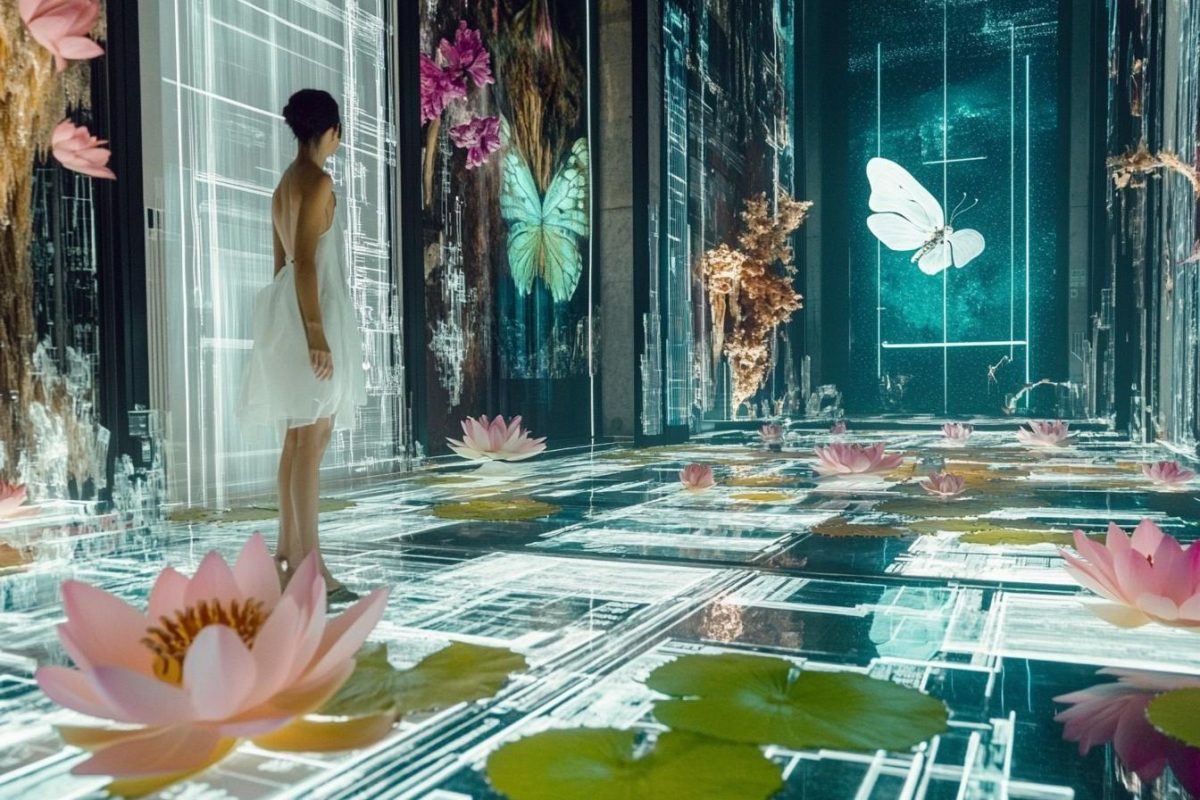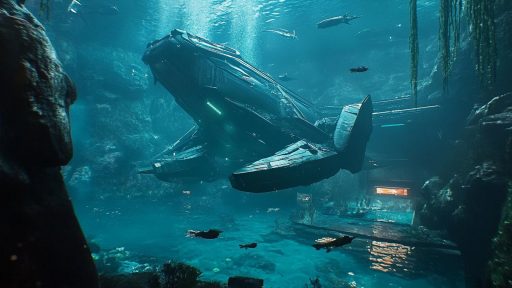
Nature has been engineering wonders for millions of years—designing materials that are stronger, lighter, more flexible, and more efficient than anything humans have built in the lab. Scientists and innovators are now turning to the natural world for inspiration, studying everything from spider silk to shark skin to solve modern challenges. These biomimetic breakthroughs are reshaping industries, pushing the boundaries of what’s possible by replicating the elegance of evolution.
Spider Silk–Inspired Superfibers

Spider silk is stronger than steel by weight and incredibly flexible. Researchers have created synthetic versions that mimic this natural marvel, leading to ultra-strong, lightweight materials for use in body armor, aerospace, and medical sutures. Its unmatched durability and elasticity could revolutionize the textile and defense industries alike.
Shark Skin–Mimicking Surfaces

The unique texture of shark skin repels bacteria and reduces drag in water. Engineers have developed synthetic surfaces inspired by this design, which are now used on swimsuits, ships, and even hospital equipment to prevent bacterial growth. It’s a natural solution to hygiene and efficiency challenges.
Lotus Leaf–Repellent Coatings

Lotus leaves stay dry and clean thanks to their micro-textured, hydrophobic surface. This phenomenon has inspired self-cleaning coatings for windows, clothing, and electronics. The lotus effect is shaping a future where dirt and water are easily shrugged off with no chemicals required.
Gecko-Inspired Adhesives

Geckos can climb vertical surfaces thanks to microscopic hairs on their feet that generate adhesive forces. Scientists have replicated this mechanism to develop dry adhesives that can stick without glue, residue, or suction. These innovations are already finding use in robotics and climbing gear.
Abalone Shell–Tough Ceramics

The inner layer of an abalone shell, known as nacre or mother-of-pearl, is remarkably tough despite being made from brittle minerals. Researchers have mimicked its layered microstructure to create impact-resistant ceramics and glass. This bio-inspired approach could lead to safer smartphones, vehicles, and even body armor.
Termite Mound–Ventilation Systems

Termite mounds in Africa maintain stable internal temperatures using natural air flow. Architects have designed passive cooling systems modeled on these mounds, reducing energy costs in hot climates. It’s a lesson in sustainable design straight from the insect world.
Mussel-Inspired Underwater Glue

Mussels cling to wet, rocky surfaces with astonishing strength. Scientists have recreated their secret—special proteins that stick in damp environments—to make waterproof adhesives for medical and industrial use. This innovation could change how wounds are sealed or structures are repaired underwater.
Pinecone-Inspired Smart Materials

Pinecones open and close depending on moisture levels. This moisture-sensitive behavior has inspired responsive materials for clothing, buildings, and packaging that adjust to their environment without electronics. Nature’s passive design could lead to smarter, greener tech.
Butterfly Wing–Structural Color

Butterfly wings don’t use pigment for their vivid colors—they use nanostructures that bend light. This principle has been used to create color-changing materials for security features, cosmetics, and display technology. The result: color that never fades and shifts with perspective.
Woodpecker Skull–Impact Protection

Woodpeckers slam their beaks into trees thousands of times a day, yet avoid brain damage. Their shock-absorbing skull structure is inspiring new designs in helmets and vehicle safety systems. Nature’s own crash protection system might just save lives.
Beetle Shell–Water Collection

The Namib Desert beetle survives in arid conditions by collecting water from fog using its bumpy shell. Scientists have replicated this strategy to develop materials that can harvest water from the air. It’s a promising step toward solving global water scarcity.
Seashell–Inspired Concrete

Seashells are both hard and resilient, thanks to their layered mineral structure. Engineers have adapted this design to develop tougher, more sustainable concrete. By mimicking nature’s approach, construction materials may soon be both stronger and more eco-friendly.
Octopus Skin–Smart Camouflage

Octopuses can change the texture and color of their skin instantly to blend into their surroundings. Researchers are creating synthetic skins and fabrics that mimic this ability for adaptive camouflage, wearables, and displays. It’s the future of invisibility, rooted in marine biology.
Hummingbird Beak–Efficient Syringes

The needle-like beak of a hummingbird allows it to extract nectar with minimal energy and damage. Medical engineers are developing ultra-fine syringes modeled on this design to reduce pain and improve precision. Nature’s design offers a gentler touch for healthcare.
Velcro from Burrs

The invention of Velcro came directly from nature—specifically, from burrs that stuck to a dog’s fur. The tiny hooks on burrs led to the hook-and-loop fastening system we use every day. Sometimes, even an annoying walk in the woods can spark revolutionary ideas.
Nature Never Stops Innovating

Every leaf, shell, scale, and feather holds the blueprint for a smarter material waiting to be discovered. As technology catches up to nature’s timeless engineering, we begin to realize how much more we have to learn from the natural world. From healthcare to construction, nature’s influence is guiding tomorrow’s breakthroughs. Perhaps the most powerful material we can harness is curiosity itself.





